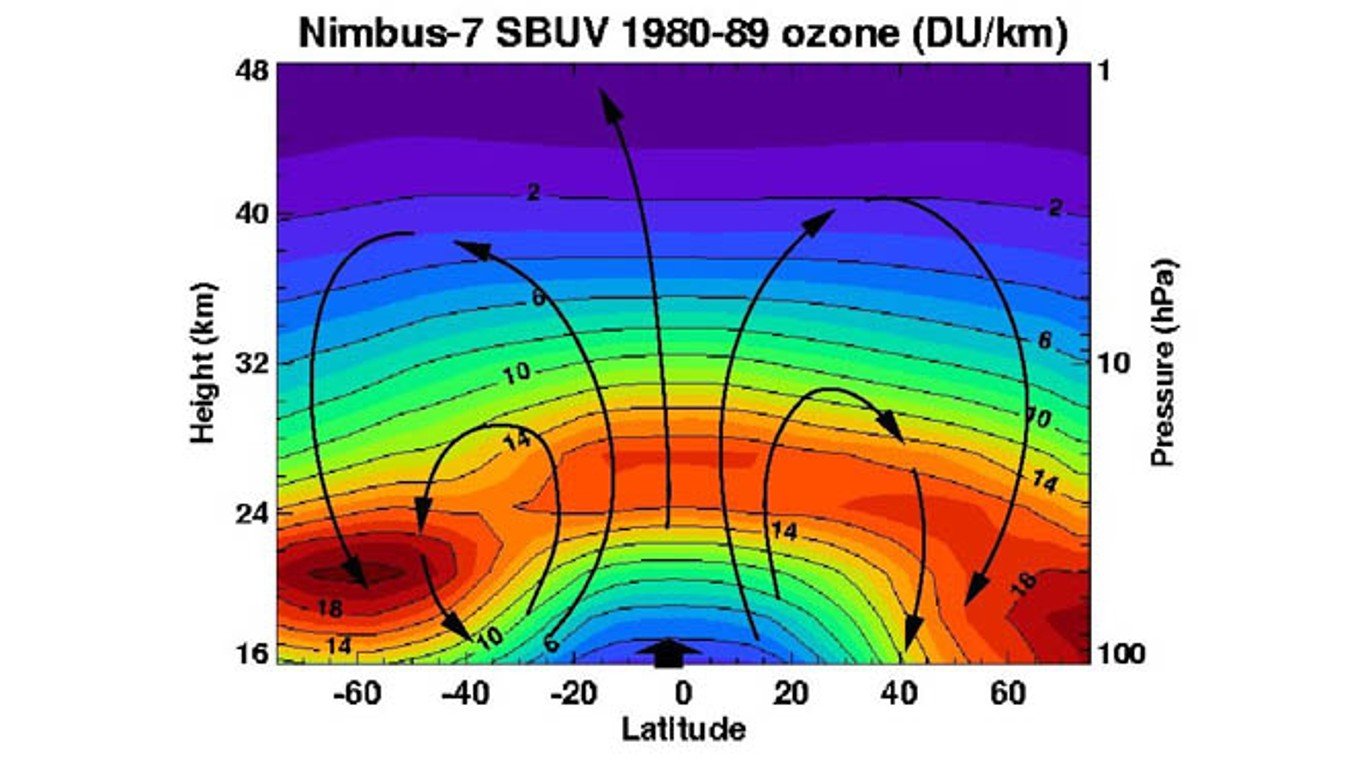
13. Slowing circulation in stratosphere
Once in the stratosphere, soot can remain for a longer time by slowing in the Brewer-Dobson circulation — which is characterized by tropospheric air rising into the stratosphere in the Tropics, moving poleward before descending in the middle and high latitudes. This is because of surface cooling and reduced convection.
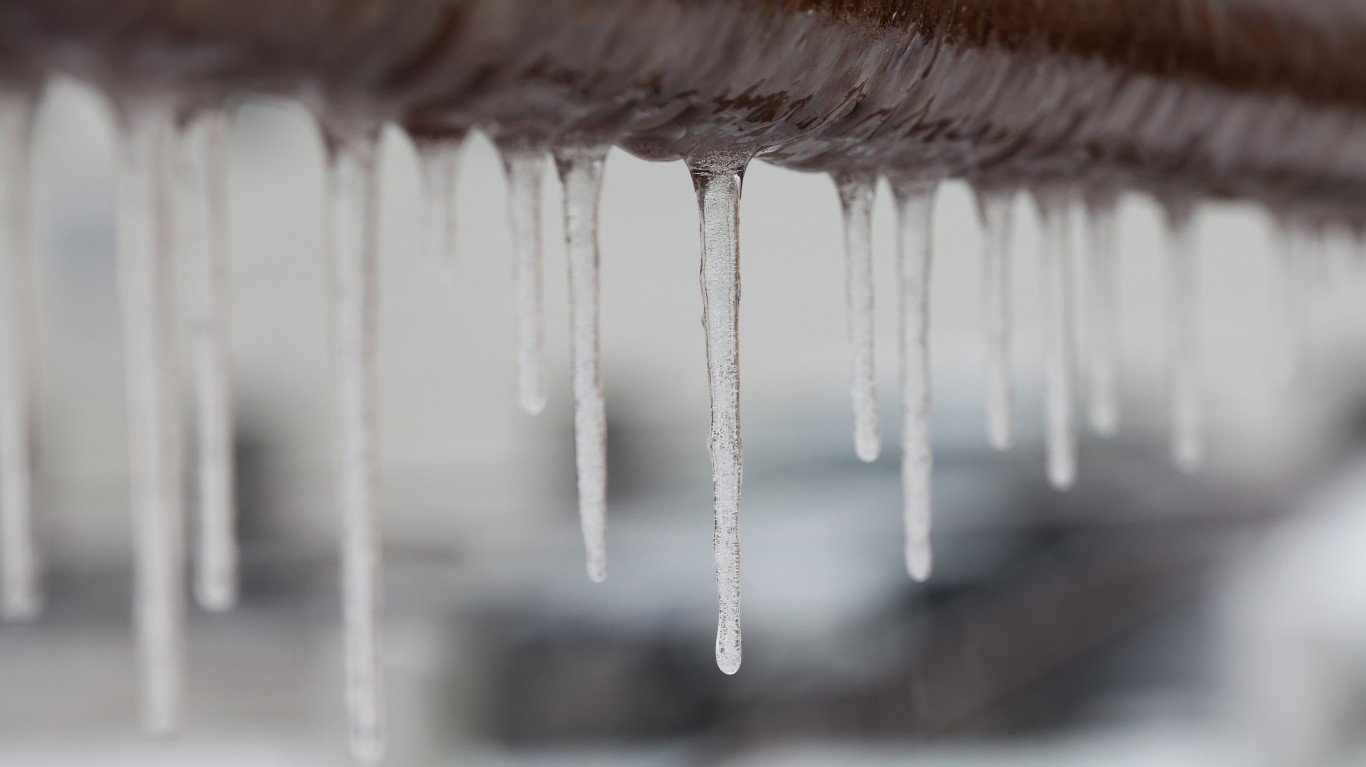
12. Reduction in surface temperature
Models show a significant reduction in global mean surface temperature. Sulfate aerosols generated from gasses injected into the stratosphere by volcanic eruptions would cause global cooling because of the reflection of incoming solar radiation into space. This has been observed numerous times in previous volcanic eruptions. Surface temperatures would be cooler than the last ice age 18,000 years ago.
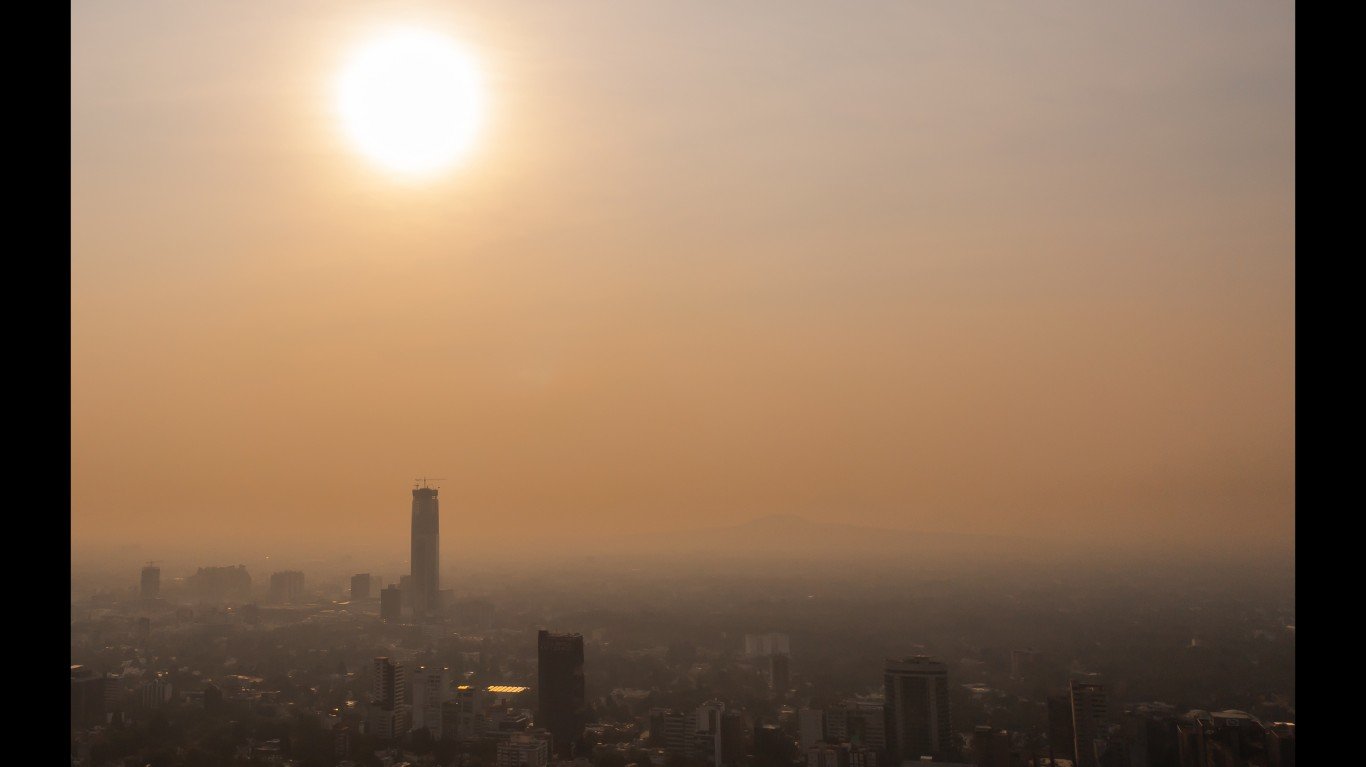
11. Diminished surface light
Surface light levels would remain under 40% of normal for three years. Low-light levels in the summer would be problematic for organisms that depend on photosynthesis to survive.
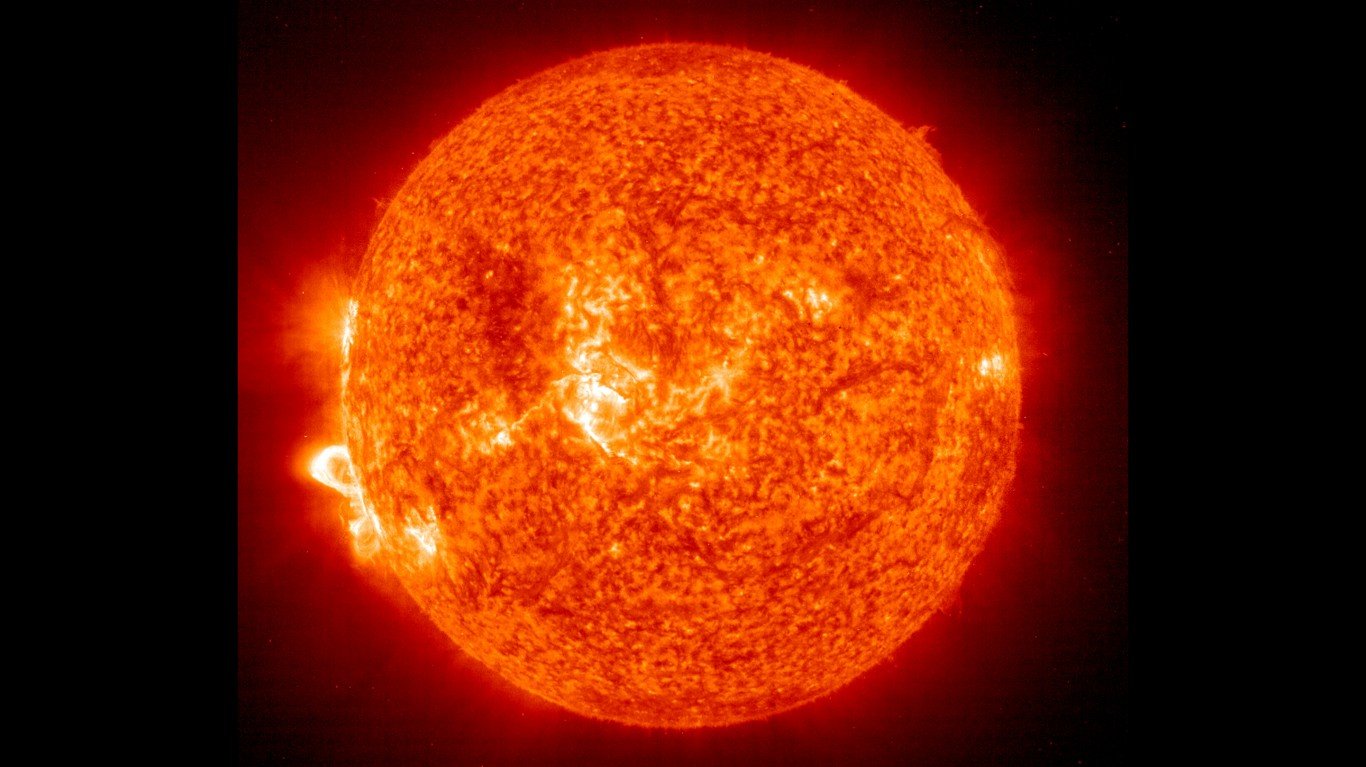
10. Stratospheric ozone losses
Absorption of solar radiation by soot would boost extreme stratospheric temperature changes. The increases in temperature of this magnitude would result in large losses of stratospheric ozone, allowing more unfiltered ultraviolet radiation to reach the surface.
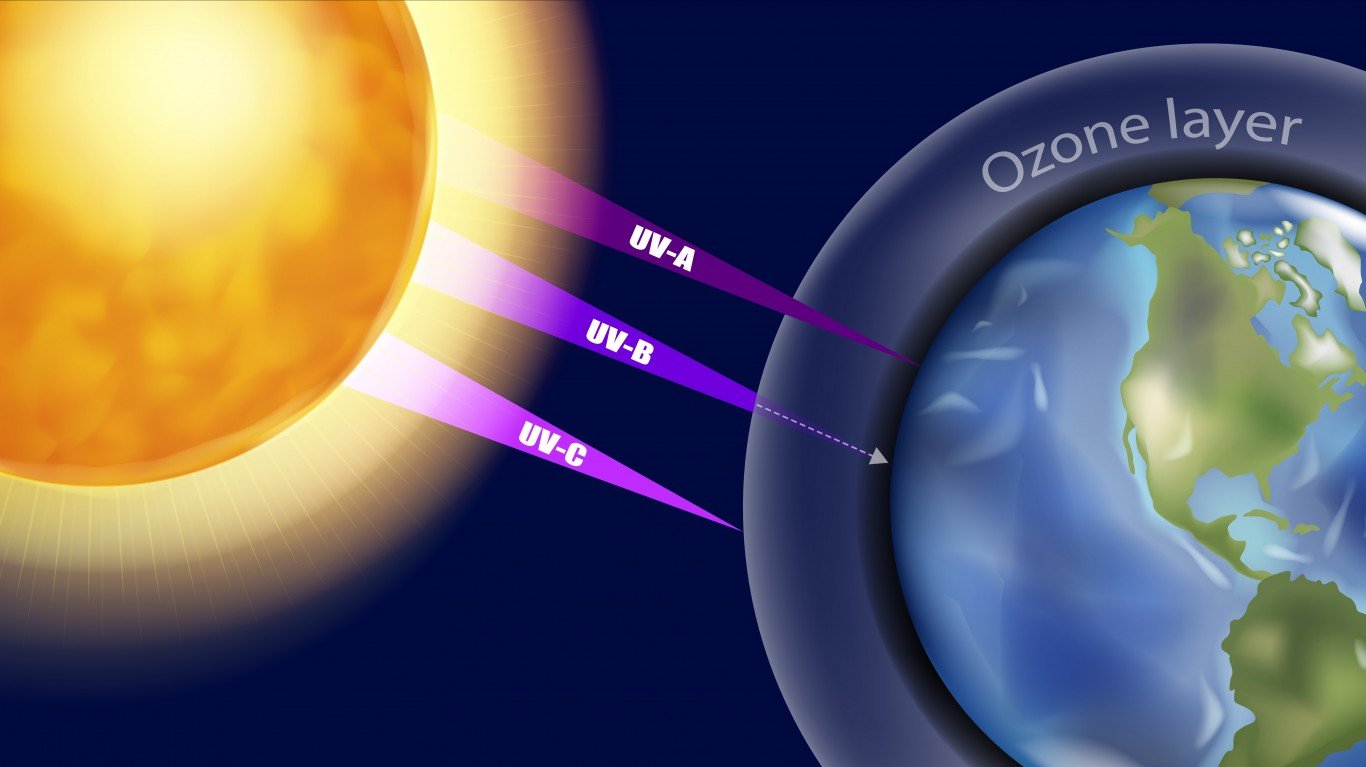
9. Water vapor
The photolysis of water vapor – the breakdown of water molecules into protons, electrons, and oxygen in the presence of light – would exacerbate ozone destruction, which would already be at higher levels because of stratospheric heating.





